Search
Search Results
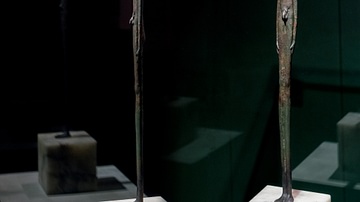
Image
Etruscan 'Evening Shadow' Figure Sculpture
The Etruscan bronze figure sculpture of a young boy known as the Ombre della Sera or 'Evening Shadow'. 3rd century BCE. Height: 57 cm. (Museo Etrusco Guarnacci, Volterra, Italy)
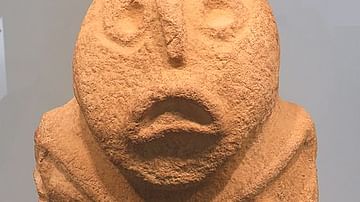
Image
Progenitrix Sculpture, Lepenski Vir
Progenitrix (Serbian Cyrillic: Прародитељка) is a sculpture dating back from c. 6300 – c. 5900 BCE found at Lepenski Vir (Serbia). Today, it is the symbol of Lepenski Vir. (Lepenski Vir Museum)
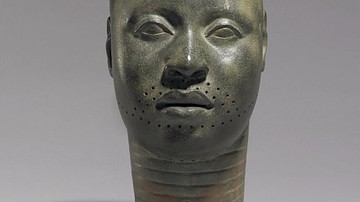
Image
Ife Head Sculpture
A sculpture from Ife, capital of the kingdom of Ife (11-15th century CE) in what is today southern Nigeria. Painted plaster cast of a brass original. Height: 35.5 centimetres. 14th to early 15th century CE. (Brtish Museum, London)
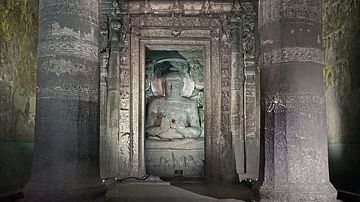
Image
Buddha Sculpture in Ajanta
A sculpture in Ajanta (between 2nd century BCE and 6th century CE) Cave 1 showcasing Buddha in dharma chakra pravartana mudra (preaching mode).
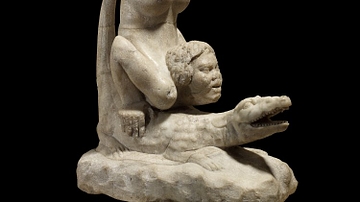
Image
Roman Sculpture of an African Acrobat
This marble sculpture from Rome, Italy dates to sometime between the 1st Century BCE and the 1st Century CE. It portrays a young male Aethiopian, or black African, acrobat balancing on a crocodile. (British Museum, London)
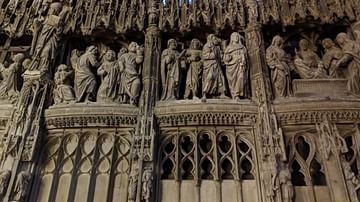
Image
Screen Sculpture, Chartres Cathedral
A detail of the sculpture which adorns the screen of the chancel of Chartres Cathedral, France. Executed from c. 1530 CE and slowly added to over the following two centuries, the screen has 40 niches containing large figure sculptures depicting...
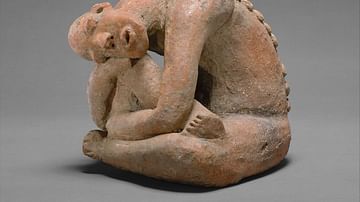
Image
Djenne-Djenno Sculpture
A terracotta sculpture of a male figure from Djenne-Djenno, Mali. 13th century CE (Metropolitan Museum of Art, New York)

Image
Aurignacian Lion Man Sculpture
Upper Paleolithic (Aurignacian) sculpture of a lion man, made from mammoth ivory, c. 40,000 years ago. Found at the Stadel cave at Hohlenstein Rock in the Lone Valley, township of Asselfingen, Germany.
Museum of Ulm, Germany.
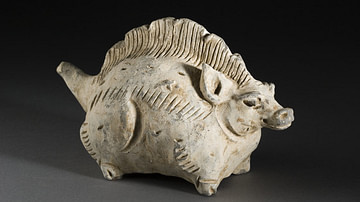
Image
Chinese Pig-Dragon Sculpture
A Chinese pig-dragon sculpture. China, probably Yunnan Province, Yuan dynasty, 1279-1368.
Los Angeles County Museum of Art.
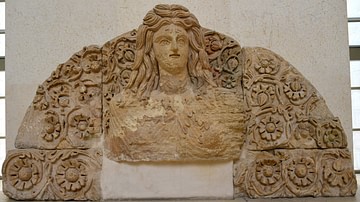
Image
Nabataean Relief Sculpture of Atargatis
Stone sculpture of Atargatis (Ataratheh), the Syrian goddess of fertility in Classical antiquity, from the entrance of a Nabataean temple in modern-day southern Jordan. The Kingdom of Nabatea became prosperous and wealthy through trade with...